The humble base layer is one of the most important bits of cold weather kit you can have. It's at the very heart of your layering system and vital to keeping warm and comfortable without getting sweaty or overheating. However, there's one big question - is a synthetic fabric or a natural merino wool base layer the better choice?
- Buyer's guide to waterproof mountain bike and gravel jackets
- How to go bikepacking: a beginner's guide to getting started
- Buyer's guide to winter kit - stay comfortable and cosy on the bike this winter
[Updated 17th August 2020]
This guide will run you through the pros and cons of each because, as with so much when it comes to gear selection, it's not a simple answer and depends very much on both personal preference and how you ride. We'll also cover some different base layer materials you might not have heard of (yak wool, anyone?) as well as the different styles and cuts.
Why are base layers important?
If you're reading this and wondering why a base layer is even necessary, there are some good reasons why they're such an essential cold-weather piece of kit. As the name suggests, they sit next to your skin and you build your layers on top of them - if you've ever worn a waterproof jacket next to your skin, you'll know just how horrible and clammy that is.
- Morvelo Overland Dual SS Base Layer-Jersey review
- Cube Baselayer Be Warm Race Long Sleeve review
- Castelli Prosecco R women's short sleeve base layer review
However, the main job of the base layer is to provide a layer of insulation that also wicks moisture - your sweat - away from your skin quickly. That means that although they do insulate you, they also serve to keep you cool and comfortable even when you're working hard. A good base layer also needs to sit close to your skin to help that happen, while also being comfortable against your skin and underneath any outer layers, without being restrictive or bunching up uncomfortably.
In less chilly conditions, you can also use a base layer as your only layer, so they're pretty versatile too - just don't expect much wind protection. As a general truism, a thicker base layer will be warmer but offer less wicking, while a thinner base layer will do the opposite.
Why should I get a synthetic base layer?
Pros
- Exceptional moisture-wicking performance - they get sweat away from your skin quickly, which helps prevent them from feeling clammy and also promotes effective function of breathable waterproof jacket membranes (such as Gore Tex).
- Lower priced - compared to those made of natural materials, synthetic base layers are often significantly cheaper.
- Dry quickly - much as they wick sweat away from you quickly, the smooth fibres don't hold onto it for long as moisture can't seep into them. That means they dry quickly even if very wet - often your body heat will be enough.
- Stretch well - this means they can conform to your body shape really well, which is important for comfort, especially if you have a load of extra layers on top.
- Durable - synthetic fabrics generally put up with rough use and washing much better than natural materials, meaning a longer lifespan.
Cons
- Sweat can make them smelly - even though most synthetic base layers now have special treatments to counter this, there's no getting away from the fact that sweat-loving bacterial thrive on synthetic fibres and get stinky more quickly.
- Not very environmentally friendly - they're essentially made of oil, so they're not biodegradable or very sustainable.
Synthetic base layer reviews
- Review: dhb Lightweight Mesh Base Layer - versatile bargain base layer
- Review: Helly Hansen Dry Stripe T - lightweight and well priced synthetic
- Review: 7MeshInc Eldorado shirt - lightweight synthetic that doubles as a jersey
Why should I get a Merino wool base layer?
While wool has been a common clothing material from the very first time someone observed that sheep (well, mouflon) looked pretty bloody cosy, wool from Merino sheep is much finer, making it much more comfortable against the skin than the traditional type. This fineness of fibre also gives it a number of other useful properties, which is why it's become increasingly common as a base layer material in recent years.
Pros
- Stay warm when wet - while synthetic fibres don't hold on to moisture, Merino fibres absorb it incredibly well. That means that they wick moisture from your skin effectively, but it's released to the atmosphere in a more slow and controlled fashion, holding on to more warmth.
- Naturally resistant to smelling bad - the natural fibres don't provide such a fertile breeding ground for bacteria (otherwise sheep would be really smelly) which means they can be worn for a number of days on the run without becoming truly offensive,.
- Biodegradable and environmentally friendly - as they're made of natural fibres, merino base layers will naturally break down over time, so it won't be still hanging about when you're gone.
- Give a warm feel next to skin - thanks to those fine natural fibres, Merino wool feels warm and cosy next to your skin and offers excellent insulating power.
Cons
- Doesn't dry as quickly - if you're working extremely hard or just tend to sweat a fair bit, then it's possible to overpower a Merino's ability to desorb moisture, which can leave you with a sodden, heavy base layer that takes longer to dry than a synthetic - not ideal if the temperature rapidly plunges.
- Not as tough - natural fibres are a bit more fragile than synthetics, so they're more likely to get damaged, especially if you're less than careful when washing them. They're also not as naturally stretchy.
Synthetic base layer reviews
- Review: Madison Isoler Merino Women's Zip-Neck baselayer
- Review: Alpkit Kepler Long Sleeve Merino baselayer
- Review: Specialized Merino LS Underwear baselayer
What's best for me?
In short, if you tend to go hard and fast, run hot or just sweat a lot, synthetics usually have the edge thanks to their ability to manage moisture effectively. If you're going at a steady pace, aren't much of a sweater and don't tend to overheat, then the Merino base layer will feel more cosy and warm. If you're going on a multi-day trip, they're also the better choice, unless you don't mind people retching when they smell you.
Of course, it's possible to mix and match the qualities of both, with some base layers now having a synthetic and Merino wool mix. You can also layer up with a synthetic next to your skin and a Merino layer on top, giving you effective wicking next to your skin with warmth retention on top of that. We particularly like doing this with super thin synthetic mesh base layers.
There are also a number of other natural materials out there, from the esoteric - yak's wool claims to offer many of the benefits of Merino - to more common materials such as bamboo. Bamboo claims to offer improved wicking when compared to Merino without the environmental downsides of a synthetic base layer. Again, it's possible to see a mix of many materials to balance the properties of each.



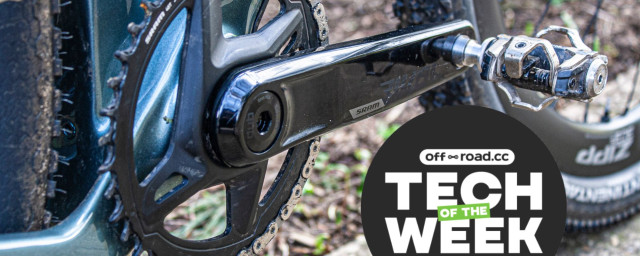
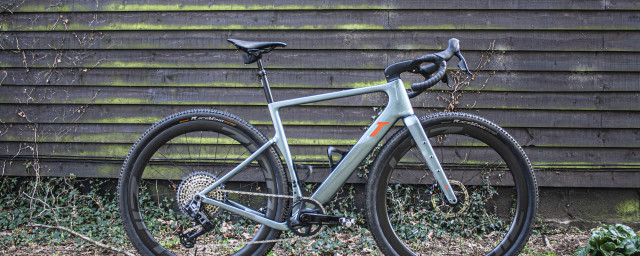
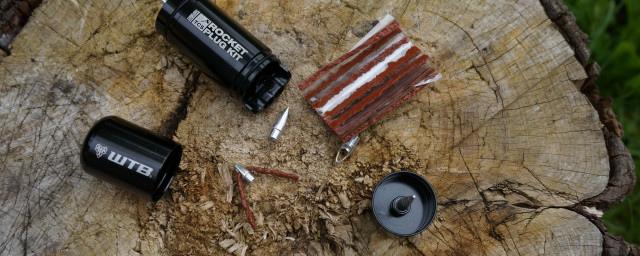
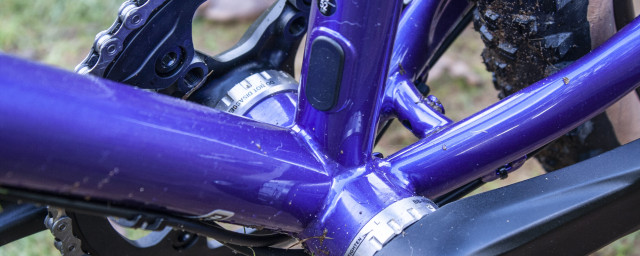

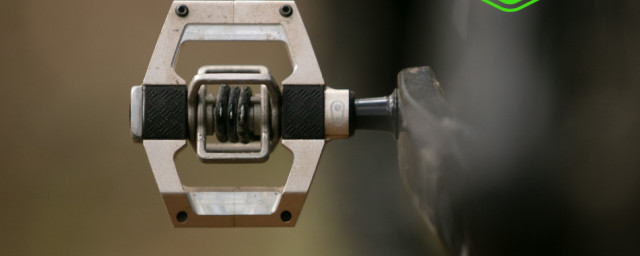

Comments
Merino for me all year round,
Merino for me all year round, long sleeved in winter, including merino longjohns, short sleeve in summer!
Merino all the way. They dry
Merino all the way. They dry slower but don't smell -at all. Synthetic base layers start stinking up almost immediately and after a couple of washes you can't ever fully get rid of the smell.
Merino is great in many ways,
Merino is great in many ways, but a definite 'Con' for many people (including myself) is that it irritates their skin!
Aminthule wrote:
Really? I've found the higher quality the merino the less the slight initial itch, but I've never had any issue with skin irritation ever when the merino is soaked through. The itch is usually gone before I'm even on the bike.